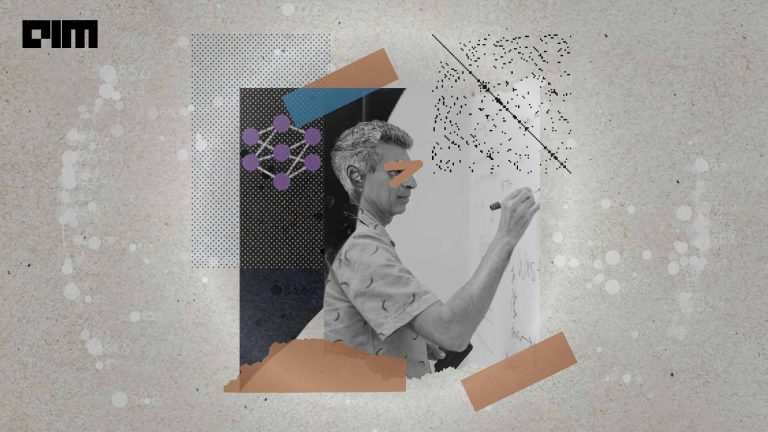
If major industries and organizations around the world can leverage machine learning, why should the digital dating industry be left behind? This is the era of digital dating and matching where you select your date through a simple “swipe”.
You may have heard about Tinder and eHarmony. Users of eHarmony’s matching service obtain several potential matches each day and are given the choice to communicate with them. The actual algorithm has always been kept secret, however, researchers at Cornell University have been able to identify the elements considered in producing a match.
The algorithm evaluates each new user in six areas – (1) level of agreeableness, (2) preference for closeness with a partner, (3) degree of sexual and romantic passion, (4) level of extroversion and openness to new experience, (5) how important spirituality is, and (6) how optimistic and happy they are. A better chance of a good match is usually directly proportional to a high similarity in these areas. Additional criteria important to users, viz., location, height, and religion can also be specified.
Essentially, eHarmony uses a bipartite matching approach, where every men is matched to several women, and vice versa. The algorithm runs daily, and the pool of eligible candidates for each user changes everyday. Moreover, previous matches are eliminated and location changes are accounted for. This new candidate pool can be ranked according to the six evaluation criteria, listed above.
The app shows matches based on a slimmed-down version of the original questionnaire, unlike other location-based dating apps. The site has a completion rate of 80 percent, and charges its members up to $59.95 in form of monthly subscriptions.
Machine learning in the age of Tinder

If major industries and organizations around the world can leverage machine learning, why should the digital dating industry be left behind?Machine learning not only helps the app improve and learn faster about user preferences, but it will also guarantee users satisfactory service.
Well, enterprises like Tinder have already put machine learning to use. Tinder had earlier released a feature called ‘Smart Photos,’ aimed at increasing user’s chances of finding a match. Besides, the algorithm also reflects the ability to adjust to the personal preference of its users.
The underlying process starts out with A/B testing, swapping the photo first seen by other users, when they view your profile. The underlying algorithm analyses the responses by who swipes left (to decline a connection) or right (to agree to one). ‘Smart Photos’ reorders your images to showcase your most popular photo first. This reordering is based on the responses, obtained from the analysis. The system improves continually and gets smarter with more input.
Tinder is not the only one to integrate such machine learning-based systems. When OkCupid users are not using their most effective photos, the app alerts its members. Dine is another dating app which arranges your images according to popularity.
Math Wizard Chris McKinlay tweaks OkCupid to become the match for 30,000 women

This is the story of a math genius Chris McKinlay, for whom killing time on OkCupid would be part of everyday’s routine, while he was working on his thesis revolving around supercomputer. The app generates a match percentage between any two users, which is fully based on the answers they provide for all the MCQs. Unfortunately, OkCupid wasn’t getting McKinlay matches, even though he had already answered over 100 of those questions
This prompted the genius to dedicate all his supercomputing time for analyzing match question data on OkCupid. McKinlay collated a lot of data from OkCupid, and then mined all the data for patterns. He observed a case in South California and reached to a conclusion that women answering the MCQs on OkCupid could be categorized into 7 groups.
McKinlay used a machine-learning algorithm called adaptive boosting to derive the best weightings that could be assigned to each question. He identified a group with people who he could date and added another layer of optimization code to the already existing app. This optimization helped him figure out which questions were more important to this group, and the questions he would be comfortable answering.
Soon McKinlay account was brimming with matches. The fact that other women could see a 100 percent match with McKinlay got them interested to look forward, and it was not long before he actually found his sweetheart during one such date. Chris McKinlay, Senior Data Scientist, Takt comments, “people have real expectations when they see someone reflecting 100 percent match.”
Digital Dating gives rise to multitude of other dating apps – Clover and Hinge

Clover connects with user’s Facebook account or email address to create a new account. On Clover, users have the option of turning their GPS location off, so that they can browse other profiles anonymously. The app lets users interact by liking each other, sending text and multimedia chat messages, or sending gifts.
The app also introduces an On Demand Dating” feature, using which users pick a time and location for a date and Clover finds them a partner. Isaac Riachyk, CEO, Clover promises, “You’ll be able to find a date as easy as it is to order a pizza or a cab.” Moreover, users also have the option to dislike other, users which removes them from future search result.
Hinge is the nest mobile matchmaking app that is being adopted globally. Hinge only matches users who have mutual friends on Facebook, instead of connecting random stranger, like in the case of Tinder. Hinge aims to create meaningful relationships among those who seek that.
Hinge has made few structural changes on the app within the last two years, to try and get singles talking to one another, and going out. With this move, Hinge aims to close the door on casual dating.
How far is India from introducing machine learning for digital dating in the country?

Some companies are making a mark in the dating and matrimony space today by leveraging advanced technologies such as machine learning and Artificial Intelligence. The Coimbatore-based SpouseUp provides an app that triangulates data from four different social media websites – Facebook, Twitter, LinkedIn and Google Plus, and assists towards creating a user’s personality.
The app has been named Mami, which is an AI-driven e-assistant, powered by data and machine learning. The beauty of AI is that Mami learns from each match. “Your social media footprint will give Mami an idea as to whether you are a movie buff, a traveller or a music lover. This gives Mami data to find the right match for you. Based on over 40-50 parameters, which include religion, etc., Mami calculates a compatibility score,” mentions Karthik Iyer, Founder, SpouseUp.
Mami has established a user base of over 45,000 users so far. The portal also offers GPS-based search to enable users to find potential matches within a radius of few kilometers. Additionally, parents or relatives have the option of registering as a matchmaker on the app.
SpouseUp is only one among several dating apps to have leveraged the power of machine learning. A neuroscience-based recommendation engine, Banihal probes user with a few questions, based on the answers to which recommends five matches. Ishdeep Sawhney, Co-founder, Banihal remarks, “We ask users to answer situation-based questions to assess their nature. Over 100 parameters are considered using neural networks.”
One of the earliest players in the space, Matrimony.com, uses an algorithm to weed out unwanted matches that may show up otherwise. The algorithm automatically weighs some matches more than others, based on historical preferences and data.

















































































